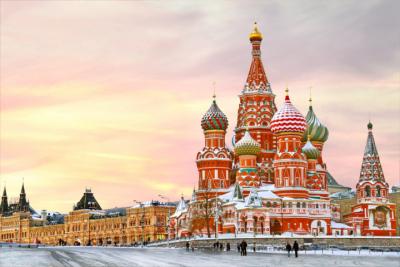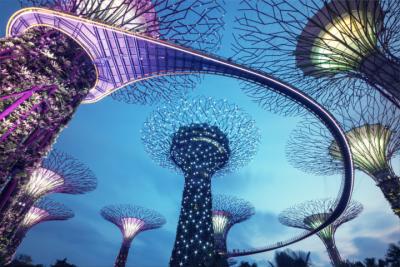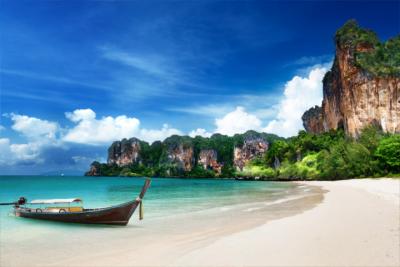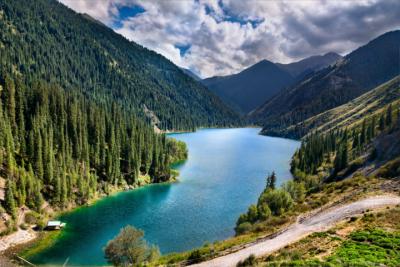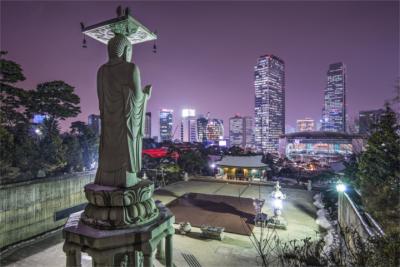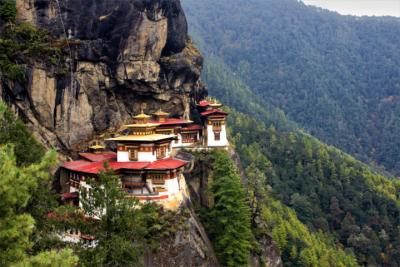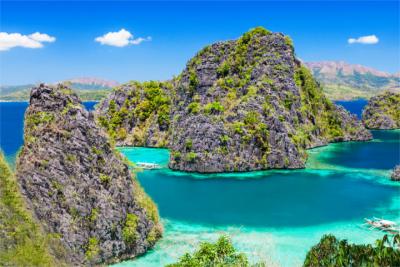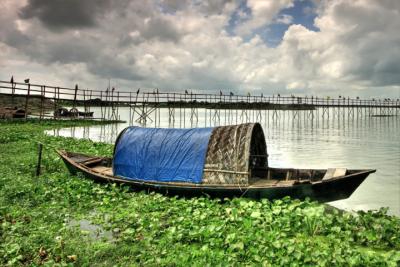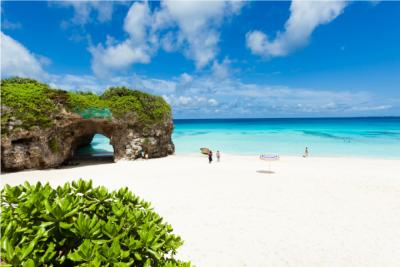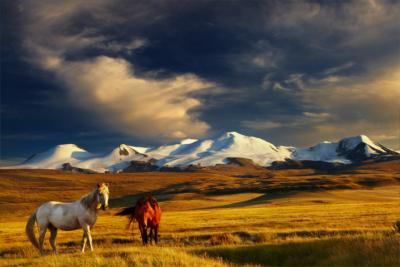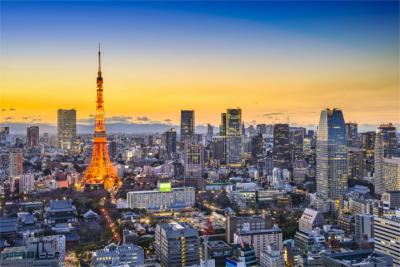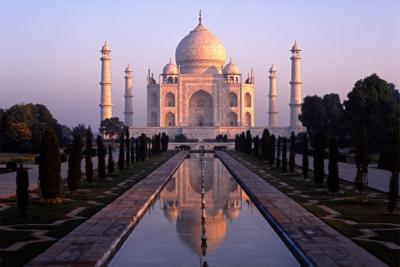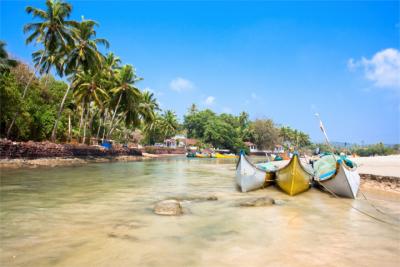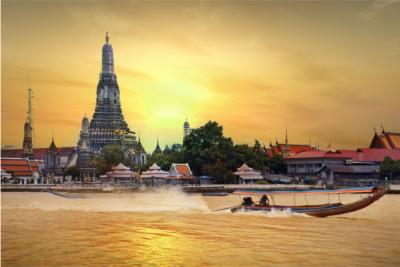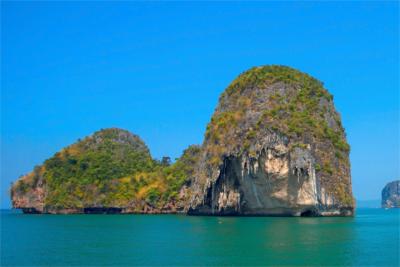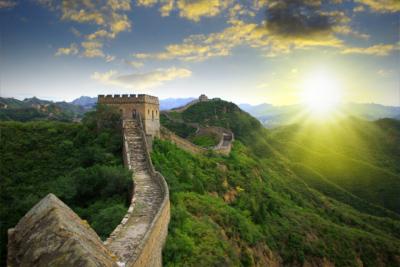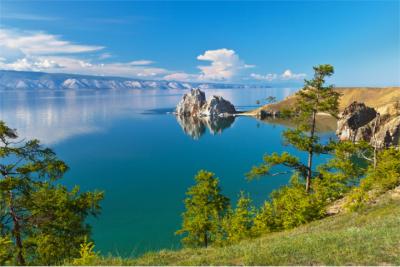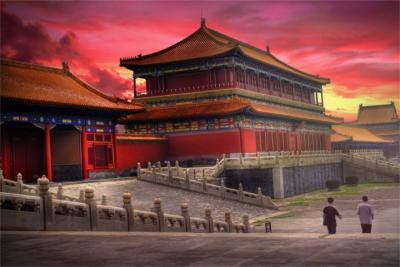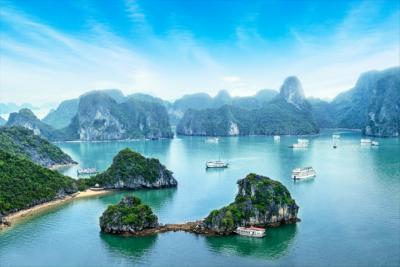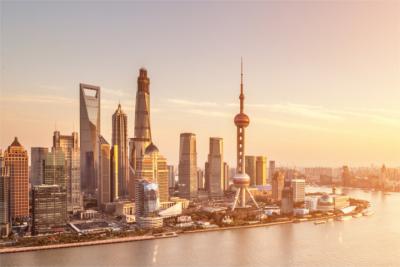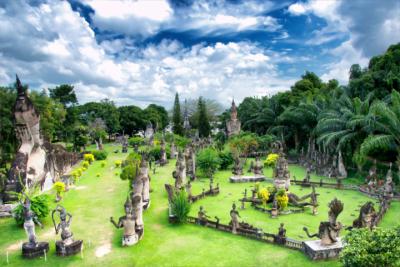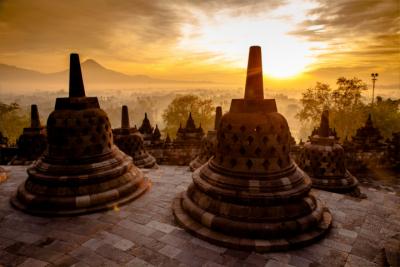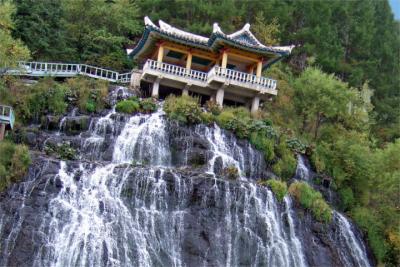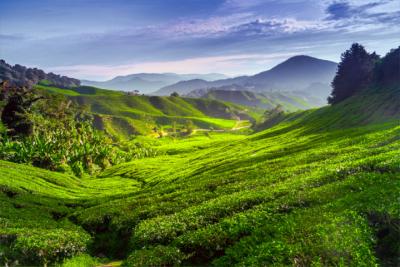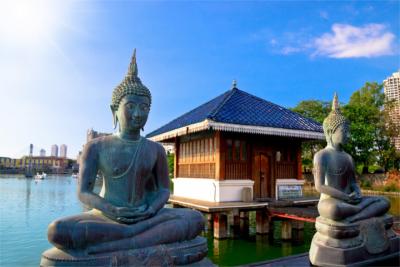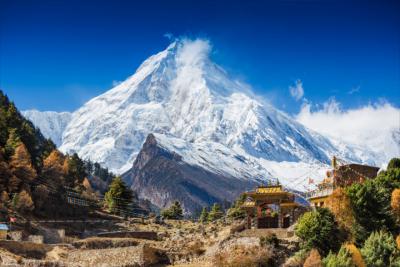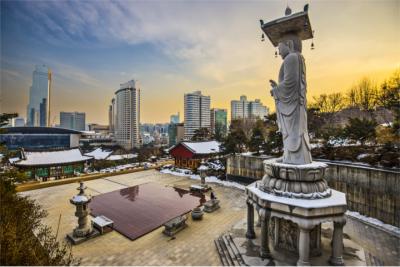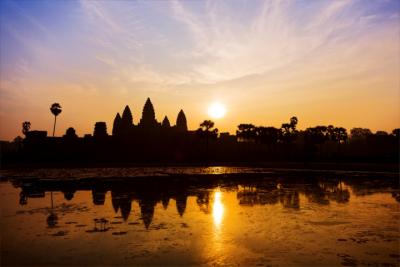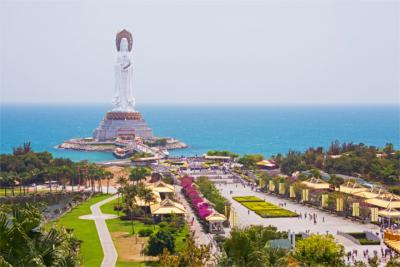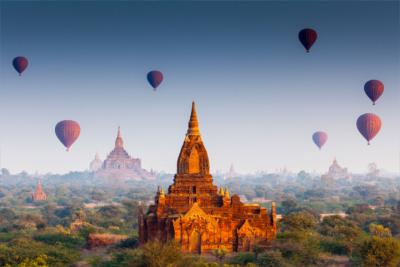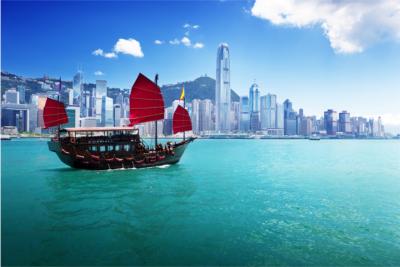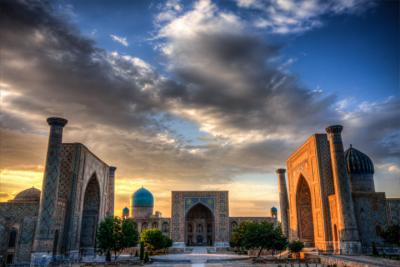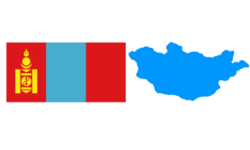Travel Offers
Travelmyne Featureprint
Distance
Mongolia – On the Trails of Genghis Khan
Dashing across the steppe on horseback by day and sleeping in the yurt by night – that is still possible in the endless, deserted Mongol landscape. Many inhabitants lead a nomadic life in this harsh and beautiful nature like people did in Genghis Khan's time.

Geography - The second biggest inland country on earth
Mongolia lies in Central Asia, enclosed by Russia and China. It is the world's second biggest inland country after Kazakhstan. In the north, west and south-east high mountain ranges cross the country such as the Altai Mountains with peaks of over 4,000 metres of height. In the east and south, on the other hand, you mostly find plateaus. Mongolia is dominated by extreme temperatures of -40 °C in winter and up to 40 °C in summer. The temperature differences between day and night can amount to 30 °C.
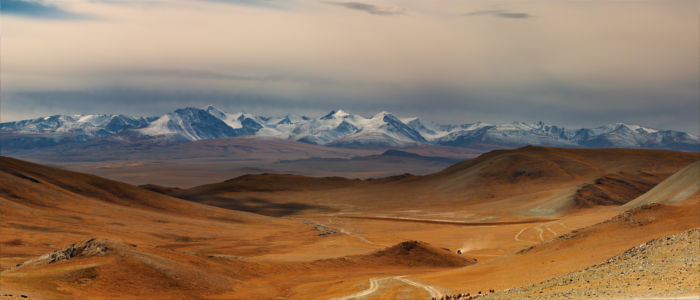
Nature - Deserts, semi-deserts and steppes
Mongolia is mostly covered in endless semi-deserts and steppes which are vegetated by grass, meadows and shrubs. The harsh vastness, which hardly contains any plants or people, stretches for miles. Occasionally you find conifer forests or the other extreme, pure sandy deserts. An example for the latter is the Gobi Desert in the south of the country. Several hundred lakes and rivers constitute the elixir of life in this inhospitable nature. The local fauna is perfectly adjusted to the harsh life in the steppe. Its most prominent member is the Przewalski's horse, which had already gone distinct but was successfully repopulated in the wild. Wolves and yaks brave the harsh environment just like marmots, jumping mice and steppe eagles do. The cool forests in the mountains are home to several of the rare snow leopards as well as stoats and mountain hares.

Natural sights - Vast, deserted landscapes
You can best experience the fascinating mix of forests, grassy landscapes and harsh, bizarre rock regions in the Gorkhi-Terelj National Park. Tourists are drawn to its natural, famous Turtle Rock. An overnight stay on the park's campsite gives travellers the opportunity to experience the native Mongol life first-hand. The Gobi Desert is also worth a visit. This unique ecosystem shows how life, for example in the Yolyn Am ("Vulture Valley"), can exist under such hard conditions. The Ubsunur Hollow, also called the Mongolian Sea, is another worthwhile attraction due to its beautiful landscape. It is home to numerous water and migrant birds. And in summer you can even go bathing at its beaches. The waterfall at the Orkhon River is also worth seeing.
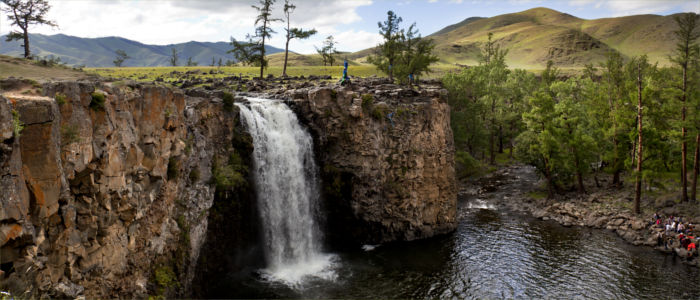
Culture - Influenced by Genghis Khan
Nomadic tribes already lived in Mongolia and practised livestock farming thousands of years ago. Since they repeatedly invaded the adjacent Chinese territory, the Chinese started constructing the Great Wall of China in the third century BC. In the 12th century, the clan leader Genghis Khan united all Mongol tribes and arranged a mighty army, which caused fear and terror among all other tribes in those times. Regions in the north-east and many Central Asian nations of China were conquered with bloodshed. After Genghis Khan's death the Mongol empire fell apart. The Buddhism has been an important part of the people's lives for centuries. Sheep, goat, horse, camel and yak farming is still of great cultural and economic significance. With only three million inhabitants Mongolia is one of the most sparsely populated countries on earth. The boundless freedom caused by vastness and nomadism lives on in the Mongol songs and dances as well as in lively sports games involving archery and horse races.
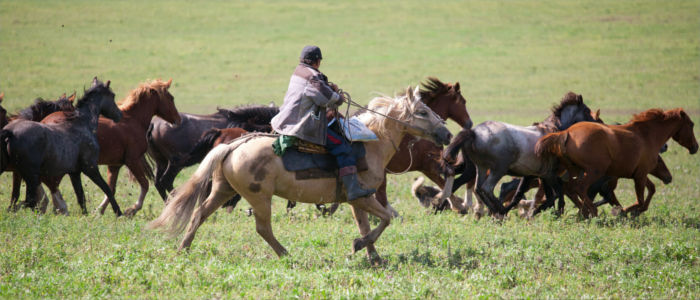
Cultural sights - The metropolis Ulan Bator
The Orkhon Valley tells of the former Mongols' wild life on horseback like no other region. Genghis Khan had his capital with a magnificent palace built at the fertile banks of the Orkhan River. This is apparent from the ruins of Karakorum today. The tombs and memorial stones along the river also provide an insight into the country's past. Travellers experience the facets of present-day Mongolia in its only metropolis Ulan Bator. Near the city you find the Gandantegchinlen Monastery, the country's religious centre. Friendly monks let visitors take part in the life dedicated to faith there. In addition, the remoteness of the country accommodates numerous monasteries, in which the Buddhism is practised in quiet harmony.

Experience - Food, markets and clubs in Mongolia
One national idiom says: "A meal without meat is not a meal". Due to the adverse conditions for agriculture, the country's cuisine mainly consists of meat and dairy products. The national drink "Airag", for example, is made from fermented mare's milk. Meat is eaten cooked or as a stuffing in dumplings. It is also dried or milled to serve as provisions for long journeys. There are markets in practically ever bigger city, on which you can get groceries, clothing, various everyday objects – and an insight into the Mongol way of living. Typical local goods are clothing made of cashmere, carpets and jewellery. The range of nighttime activities in Ulan Bator is similar to other big cities. You find clubs, discos, theatres and an opera for entertainment.

Activities - Living like the nomads
Mongolia is the perfect destination for travellers who are looking for an adventure. It offers first-rate opportunities to participate in the life of the Mongols – riding through the steppe with them, eating meat by the fire or sleeping under the starlit sky. You can also tour the almost deserted landscape by Jeep, go fishing, climbing or mountain biking. Hikes, for example through the Gobi Desert, provide hard-boiled visitors with fascinating impressions.
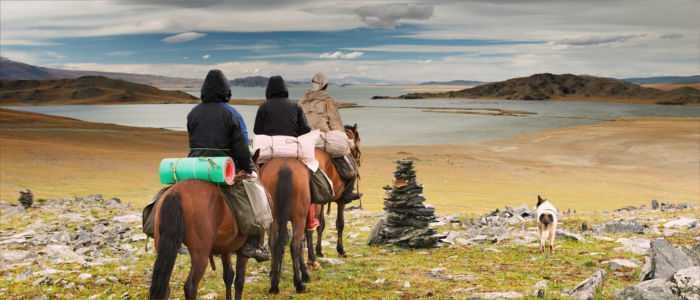
Information
You reach the country via the airport in Ulan Batar (ULN). The Trans-Siberian Railway between Moscow and Vladivostok runs through Mongolia and connects the country to the international rail traffic. The capital is equipped with a well-developed bus network. Operators offer guided tours for the exploration of the country. The inhabitants speak Mongolian.
Mongolia is the ideal destination for travellers who want to get to know the free nomadic life of bygone times. The country also caters for the needs of holidaymakers who are looking for deserted, unspoiled nature.

